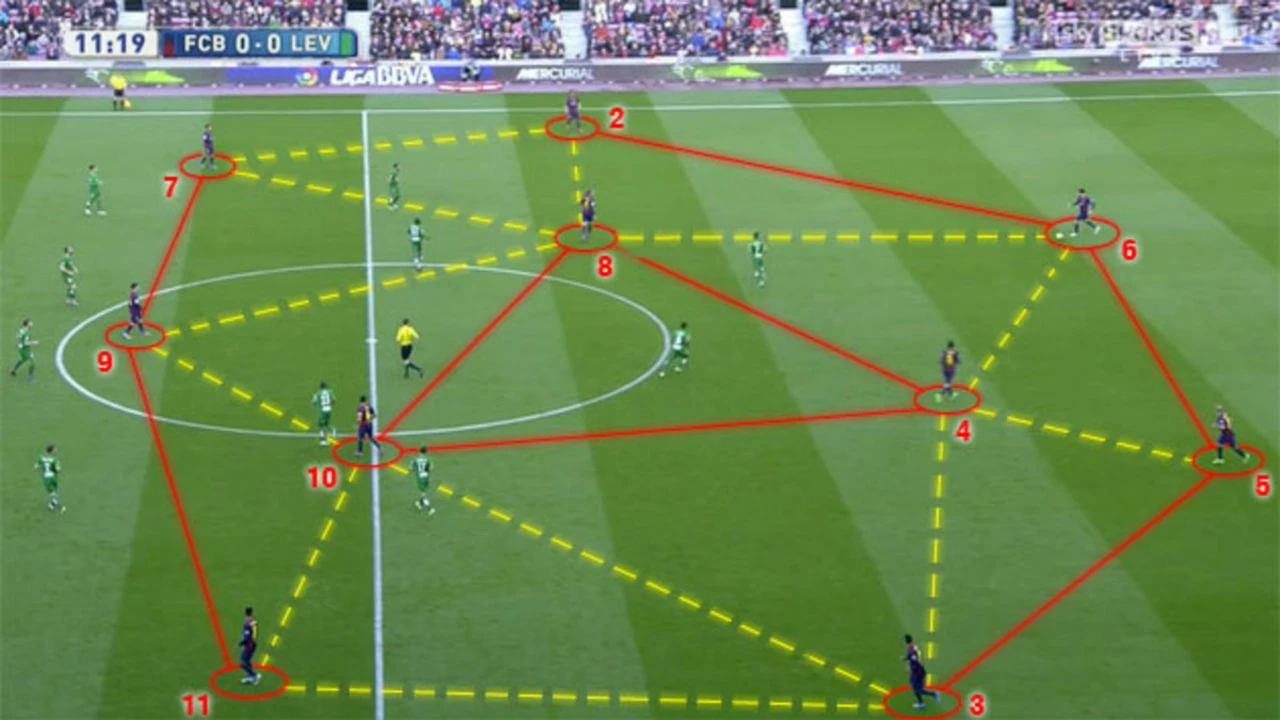Soccer Position Guide: Find Your Perfect Role on the Pitch
Ever wonder why some players seem born to guard the net while others love to race down the wing? The answer lies in the position you play. Knowing the job of each role helps you train smarter, enjoy games more, and stand out to coaches.
Core Positions and What They Do
Goalkeeper – The last line of defense. A keeper needs quick reflexes, confidence when diving, and good communication to organize the back line. They handle the ball with hands, but also must be comfortable playing with their feet for modern sweeper‑keeper styles.
Defenders – Center‑backs protect the area in front of the goal, win aerial duels, and make clean tackles. Full‑backs (left‑back and right‑back) stay wide, block crosses, and often join the attack with overlapping runs. Speed and positional awareness are key here.
Midfielders – This is the engine room. Defensive midfielders sit deep, break up opposition attacks, and feed the ball to more creative teammates. Central midfielders link defense and attack, while attacking midfielders drift forward, create chances, and sometimes score. Wingers operate on the flanks, using pace and dribbling to stretch defenses.
Forwards – Strikers are the main goal‑scorers. They need sharp shooting, good movement to lose markers, and a nose for positioning. Supporting forwards, like second strikers or inside forwards, drop deeper to help build play and create space.
How to Choose the Right Position for You
Start by looking at your natural strengths. Are you tall and good at catching high balls? Goalkeeper or center‑back could fit. If you love sprinting and crossing, a full‑back or winger might suit you. Players with high stamina and a good vision often thrive in midfield.
Next, think about your personality on the field. Do you enjoy directing teammates and shouting instructions? That’s a classic defender’s trait. Prefer to be the creative spark? Try an attacking midfield or forward role.
Don’t ignore the feedback from coaches. They watch you in training and can spot where you’re most effective. Ask for a trial in a different spot during a friendly match – real‑game experience reveals a lot.
Finally, keep a growth mindset. Many top pros switched positions early in their careers. Jamie Vardy started as a striker, then learned to drop deeper, while Philipp Lahm moved from full‑back to midfield. Flexibility makes you valuable.
Remember, the best position is where your skills meet the team’s needs. Keep training the specific drills for your role – shot‑stopping for keepers, tackling and heading for defenders, passing combos for midfielders, and finishing for forwards. With a clear understanding of each job and honest self‑assessment, you’ll find the spot that lets you shine on the pitch.
What position should the fastest player play in soccer?
Alright, buckle up soccer enthusiasts! We are setting off on a thrilling journey to find the perfect spot on the pitch for our speed demons. Ready? Here we go! Now, conventional wisdom might suggest the winger or forward positions for our lightning-fast players, and that’s not wrong! Zipping past defenders and making those breakaway goals, that's their bread and butter, right? But, plot twist! What about considering them for the full-back position? With their speed, they can be a fantastic defensive asset, intercepting passes and joining the attack when needed. Boom! Who would've thought? So, there you have it, both conventional and a little outside-the-box thinking. After all, in soccer, speed is not just about scoring, but also about preventing the opponent from doing so!
Kieran Donovan | Jul, 28 2023 Read More
